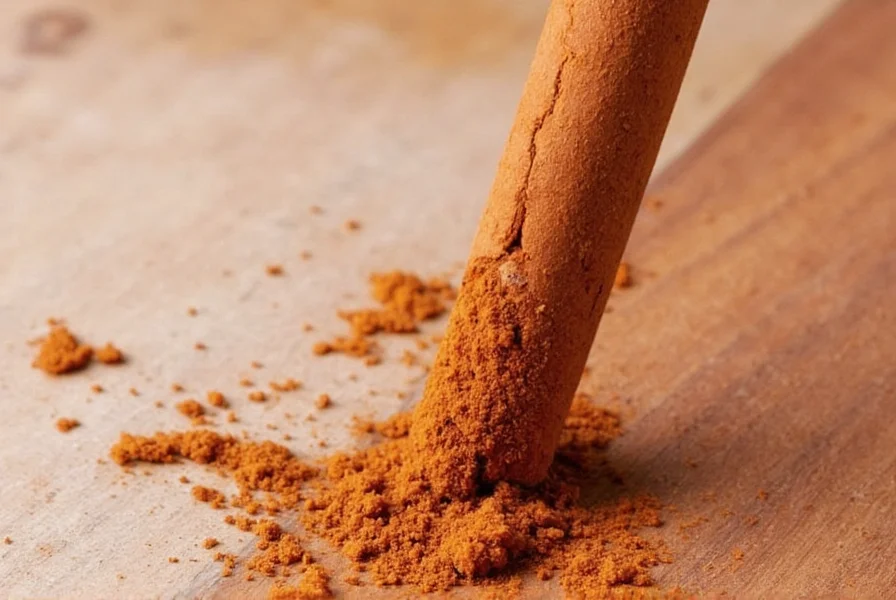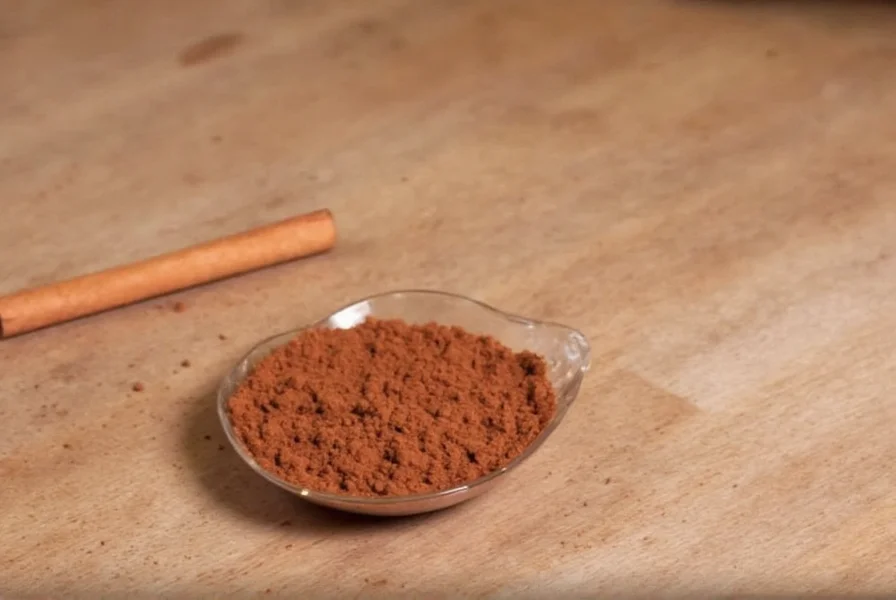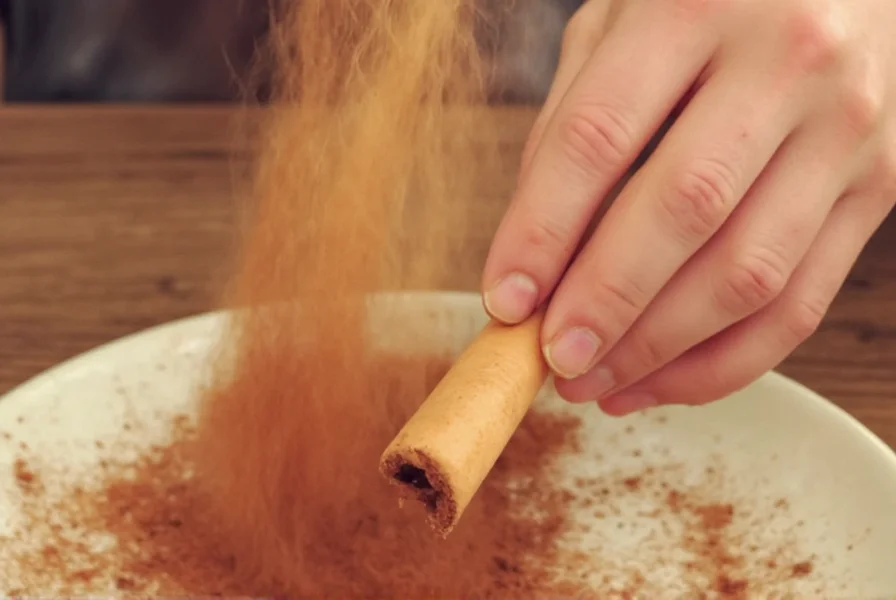The cinnamon challenge emerged as a viral internet phenomenon where participants try to consume a dry spoonful of ground cinnamon within 60 seconds without drinking water. Despite its popularity in social media challenges, this seemingly simple task carries significant health dangers that many participants underestimate. Understanding the cinnamon challenge health risks is crucial for making informed decisions about participating in or sharing this trend.
What Exactly Is the Cinnamon Challenge?
Participants in the cinnamon challenge must place one tablespoon of ground cinnamon in their mouth and swallow it within 60 seconds without consuming any liquids. The challenge became widely popular through YouTube videos and social media platforms, with millions of attempts documented online. Many young people view it as a harmless prank or rite of passage, unaware of the potentially severe medical effects of cinnamon challenge participation.
| Documented Health Effects | Frequency | Severity Level |
|---|---|---|
| Coughing and gagging | Very common (95%+) | Mild to moderate |
| Respiratory distress | Common (40-60%) | Moderate to severe |
| Chemical pneumonia | Occasional (5-10%) | Severe |
| Permanent lung damage | Rare (1-2%) | Critical |
Why the Cinnamon Challenge Poses Serious Health Risks
Cinnamon's physical properties make this challenge particularly dangerous. Ground cinnamon contains cellulose, a substance that doesn't break down easily in the mouth. When dry cinnamon contacts saliva, it forms a thick paste that's extremely difficult to swallow. Most participants end up inhaling cinnamon particles while coughing or gagging, leading to serious respiratory complications.
Medical experts explain that cinnamon particles irritate lung tissue, causing inflammation and potentially leading to cinnamon challenge respiratory problems including bronchospasms, aspiration pneumonia, and even collapsed lungs in extreme cases. The American Association of Poison Control Centers reports hundreds of annual incidents related to the cinnamon challenge, with many requiring emergency medical attention.

Documented Medical Consequences
Research published in the journal Pediatrics documented multiple cases of severe health consequences from the cinnamon challenge. One teenager required hospitalization for three days after developing acute respiratory distress. Another participant experienced permanent scarring of lung tissue from repeated attempts.
The most common immediate effects include intense coughing, gagging, vomiting, and burning sensations in the mouth and throat. More serious complications develop when cinnamon enters the lungs, where it can cause:
- Inflammation of lung tissue (pneumonitis)
- Chemical burns in the respiratory tract
- Difficulty breathing requiring medical intervention
- Potential development of chronic respiratory conditions
Why People Continue Attempting This Dangerous Challenge
Despite clear medical warnings, the cinnamon challenge persists due to social media influence and underestimation of risks. Many participants view it as a brief, humorous challenge without considering potential long-term consequences. The immediate effects often seem manageable—just coughing and discomfort—which leads to false confidence about safety.
Social dynamics play a significant role, with peer pressure and the desire for online recognition driving participation. Understanding why you shouldn't do the cinnamon challenge requires recognizing that the brief social media fame isn't worth potential permanent health damage.

Medical Professional Recommendations
Healthcare providers consistently advise against attempting the cinnamon challenge. The American Lung Association states there is no safe way to complete this challenge, as the physical properties of cinnamon make inhalation almost inevitable during attempts.
If someone experiences breathing difficulties after attempting the cinnamon challenge, seek immediate medical attention. Symptoms requiring emergency care include:
- Persistent coughing lasting more than 30 minutes
- Wheezing or whistling sounds when breathing
- Chest pain or tightness
- Difficulty speaking in full sentences
- Blue-tinged lips or fingernails
Conclusion: Prioritizing Health Over Viral Trends
The cinnamon challenge permanent damage risk makes this viral trend particularly dangerous. While many participants recover from short-term effects, the potential for serious, lasting respiratory problems means no attempt is truly risk-free. Medical professionals emphasize that no social media recognition is worth compromising your respiratory health.
Educators and healthcare providers recommend redirecting the energy spent on dangerous challenges toward safer, creative alternatives that don't risk long-term health consequences. Understanding the real cinnamon challenge risks empowers individuals to make informed decisions and potentially discourage others from attempting this hazardous activity.
Frequently Asked Questions
How long do cinnamon challenge effects typically last?
Most immediate effects like coughing and gagging subside within 30-60 minutes. However, if cinnamon enters the lungs, symptoms can persist for days or weeks. Some participants report lingering coughs for up to two weeks, and in severe cases, respiratory issues may become chronic requiring ongoing medical treatment.
Can the cinnamon challenge cause permanent lung damage?
Yes, medical literature documents cases of permanent lung damage from the cinnamon challenge. When cinnamon particles reach the lungs, they can cause inflammation and scarring of lung tissue (pulmonary fibrosis). This damage reduces lung capacity and can lead to chronic respiratory conditions that require lifelong management. While rare, permanent damage is a serious possibility with repeated attempts or severe initial reactions.
Why is dry cinnamon so difficult to swallow without water?
Dry cinnamon contains cellulose, which absorbs moisture rapidly. When it contacts saliva, it forms a thick, dry paste that's nearly impossible to swallow. Cinnamon's fine particle size also makes it easily inhaled when coughing, which is why most participants end up breathing it into their respiratory system rather than successfully swallowing it. The body's natural gag reflex activates to protect the airway, making completion of the challenge physically challenging and dangerous.
What should I do if someone chokes on cinnamon during the challenge?
If someone experiences severe choking or breathing difficulties during the cinnamon challenge, call emergency services immediately. While waiting for help, encourage the person to cough forcefully to clear their airway. Do not give water or attempt to make them vomit, as this could worsen inhalation of particles. If breathing stops, begin CPR if you're trained. Even if symptoms seem to improve, medical evaluation is crucial as delayed complications like chemical pneumonia can develop hours later.
Are there any safe alternatives to the cinnamon challenge?
Yes, many safe alternatives exist for social media challenges. Try the "cinnamon taste test" where participants identify different spice flavors blindfolded, or create cinnamon-scented crafts like potpourri. For video content, film creative cooking demonstrations using cinnamon in appropriate recipes. The key is choosing activities that don't risk respiratory health while still providing entertainment value. Many schools and youth organizations have developed "safe challenge" lists that offer fun alternatives without health risks.











 浙公网安备
33010002000092号
浙公网安备
33010002000092号 浙B2-20120091-4
浙B2-20120091-4